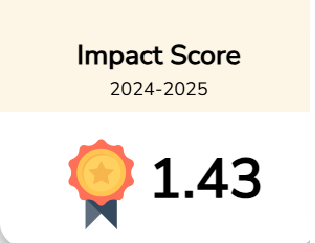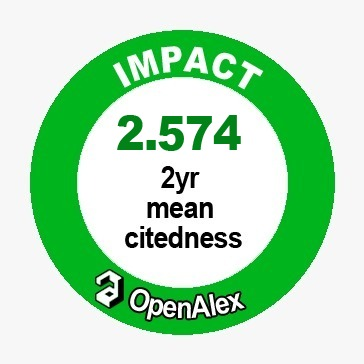The impact of sets education on disaster education on student mitigation skills and resilience
Downloads
Purpose: The high potential threat of disasters that will occur in Indonesia requires anticipation from various sectors including education. The concept of natural disasters will be easy to understand if applied in an integrated manner between natural disasters and science, environment, technology, and society. Therefore, it is very important for today's youth that it has a long-term impact and reaches a very wide population so that it is possible to minimize the risk in the event of a disaster. This study aims to 1) analyze the characteristics, 2) analyze the validity of the SETS-based disaster education model in disaster mitigation and resilience 3) analyze the effectiveness of the SETS-based disaster education model in natural disaster mitigation and resilience.
Design/Methodology/Approach: Participants in this study were elementary school students. The method used is development research from Borg and Gall. According to professional judgement, this study followed five of the ten procedures outlined by Borg and Gall to develop a viable product.
Finding: The results showed that 1) the SETS-based disaster education learning model has six stages; 2) the SETS-based disaster education model in disaster mitigation and resilience is valid and feasible to use; 3) The results of the effectiveness test show that the SETS-based disaster education model is effective in increasing students' fatigue and resilience skills.
Conclusion: This research contributes to the body of knowledge by informing the public about the importance of SETS-based disaster education for individuals to improve their mitigation and resilience skills in the event of natural disasters. Furthermore, the research findings are enhanced by the literature on SETS-based disaster education, which is currently understudied. The limitation of this study is that it was only done up till professional validation was done. Therefore, it is necessary to carry out further research with more complete and extensive stages.





